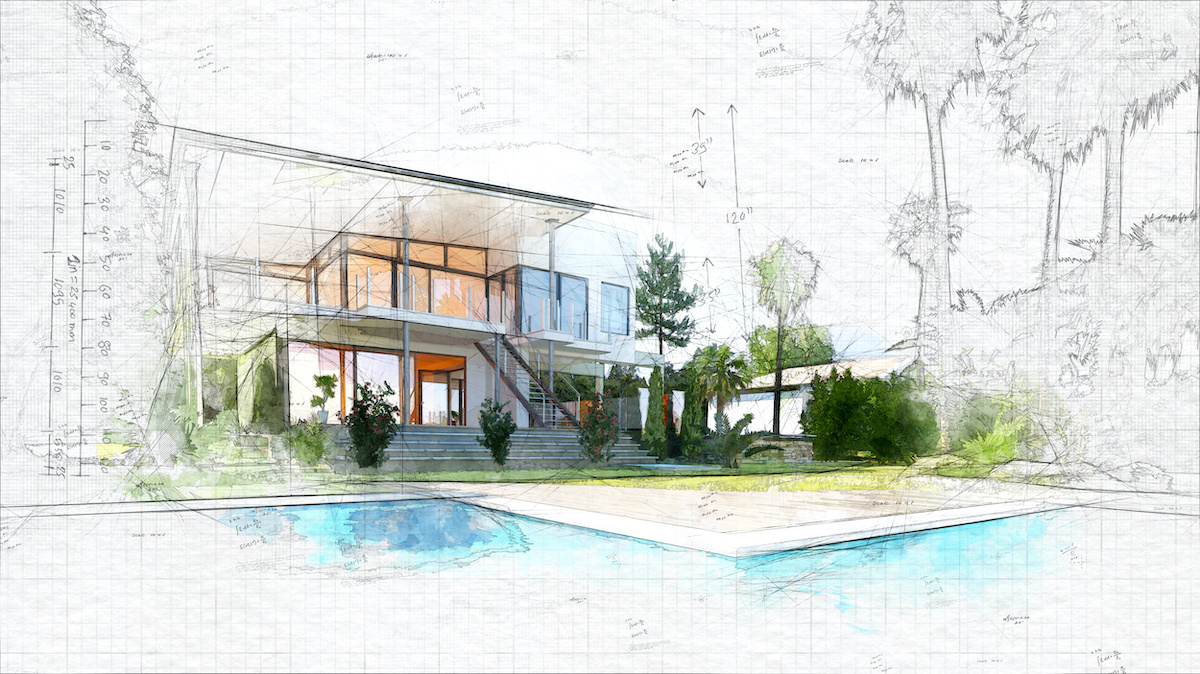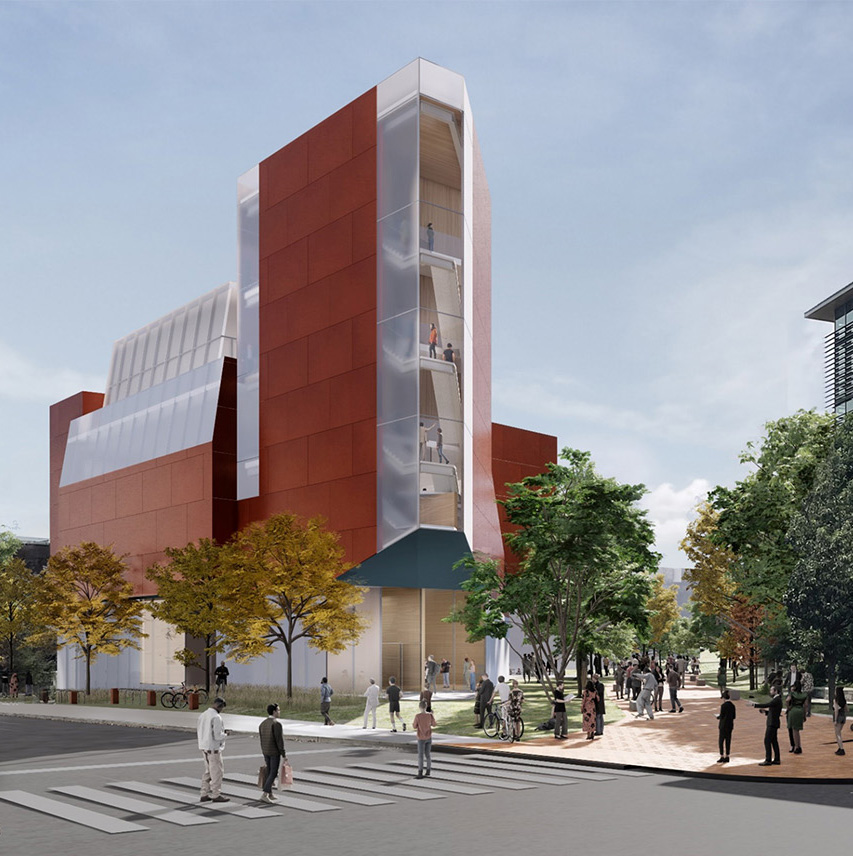The Influence of Technological Developments on the Style Practices of Contemporary Architects
The rapid advancement of technical tools has actually substantially reshaped the layout landscape for modern designers, fostering unmatched degrees of development and sustainability. Exploring these characteristics reveals a nuanced interaction between modern technology and conventional design techniques, motivating a closer evaluation of what the future holds for architectural techniques.
Advancement of Architectural Devices
Exactly how have architectural devices transformed the style and building procedures over the centuries? The advancement of architectural tools has dramatically influenced the effectiveness, precision, and creative thinking of style and building.
With the development of the Renaissance, the intro of the compass and the protractor noted a critical shift. These devices enabled designers to attain higher precision in their layouts, promoting the development of even more elaborate and proportionate structures. The Industrial Transformation even more reinvented building experiment the introduction of mechanized devices and products, enabling bigger and much more enthusiastic projects.
In the 20th century, the advancement of computer-aided layout (CAD) software transformed the landscape as soon as again, supplying engineers with extraordinary capacities in modeling and visualization. Today, advanced devices such as Structure Details Modeling (BIM) and parametric style software remain to press the boundaries of building technology, enabling a much more incorporated technique to design and building processes.
Improved Collaboration in Layout
As innovation continues to evolve, enhanced collaboration in layout has come to be a foundation of contemporary building practice. The integration of digital tools such as Structure Info Modeling (BIM), cloud-based platforms, and advanced visualization software program has changed the way architects, engineers, and stakeholders engage throughout the layout process. These tools promote real-time interaction, enabling groups to share ideas, adjustments, and comments quickly, no matter of geographical place.

Furthermore, interdisciplinary cooperation has actually been structured with these technical developments, making it possible for architects to work a lot more very closely with other experts, such as metropolitan planners and environmental experts. The result is a more cohesive method to develop that takes into consideration numerous perspectives and knowledge. Eventually, boosted cooperation in layout is not merely a trend; it is crucial for creating innovative, functional, and cosmetically pleasing architecture in a significantly complex globe.

Sustainability Via Modern Technology
Sustainability in design has progressively come to be intertwined with technological advancement, driving the sector towards environmentally accountable practices. Contemporary engineers are leveraging innovative innovations to minimize environmental influence you can find out more while enhancing the efficiency of structures. cda architects. One popular instance is the usage of Structure Info Modeling (BIM), which permits for specific planning and source allocation, reducing waste throughout building and promoting energy performance throughout a building's lifecycle
Additionally, smart materials and energy-efficient systems are being incorporated right into layouts to enhance resource use. Technologies such as solar batteries and eco-friendly roof harness sustainable power resources, adding to minimized carbon footprints. In addition, the application of artificial intelligence in design procedures enables engineers to simulate and examine energy intake, directing choices toward even more lasting outcomes.
The assimilation of sustainable technologies not just straightens with international ecological goals however also satisfies an enhancing need from customers for green remedies. As architects embrace these developments, the emphasis shifts in the direction of creating rooms that are not only visually pleasing however likewise functionally lasting, consequently redefining the criteria of modern-day design. This way, innovation works as a driver for sustainability, making it possible for engineers to design buildings that regard and boost the natural surroundings.
Obstacles in Implementation
While technical innovations in architecture hold great assurance for boosting sustainability, their implementation typically comes across considerable obstacles. One key challenge is the steep knowing contour connected with brand-new technologies. Architects and building specialists might More Info require extensive training to successfully use sophisticated software application and tools, which can postpone task timelines and increase prices.
In addition, the combination of arising innovations, such as Structure Information Modeling (BIM) and sustainable materials, usually requires collaboration across multidisciplinary teams. This partnership can be hindered by distinctions in experience, workflows, and communication designs, bring about potential disputes and ineffectiveness.

In addition, regulatory frameworks and building regulations might not maintain pace with technical improvements, producing obscurity and prospective conformity problems. This challenge can discourage designers from totally welcoming brand-new technologies, as the threat of non-compliance might outweigh the advantages. Resolving these application challenges is crucial for the effective combination of technical advancements in modern building practices.
Future Fads in Style
The challenges connected with the application of brand-new technologies in design have motivated a reevaluation of future fads within the sector - cda architects. As engineers navigate problems such as sustainability, urbanization, and social equity, they are significantly adopting innovative technologies to boost layout effectiveness and ecological efficiency
One noticeable pattern is the integration of expert system (AI) more information in the layout process. AI devices can analyze substantial datasets to notify style choices, improving both creativity and performance. In A Similar Way, Structure Information Modeling (BIM) remains to advance, making it possible for real-time cooperation among stakeholders and promoting structured task management.
Lasting layout methods are additionally obtaining energy, with engineers concentrating on adaptive reuse and regenerative design principles that minimize resource intake and waste. The unification of smart products and eco-friendly power resources will certainly further improve the strength of buildings in the face of environment adjustment.
In addition, the rise of parametric design enables more customized and context-sensitive architectural options (cda architects). By taking advantage of these developments, architects are poised to create built environments that not just address the prompt needs of society but additionally prepare for future difficulties, consequently redefining the role of style in an ever-changing world
Conclusion
Technological innovations have actually significantly improved architectural style practices, promoting boosted accuracy, cooperation, and sustainability. The combination of devices such as Building Information Modeling and parametric layout software program, along with synthetic knowledge and clever products, empowers architects to deal with complicated obstacles much more efficiently.